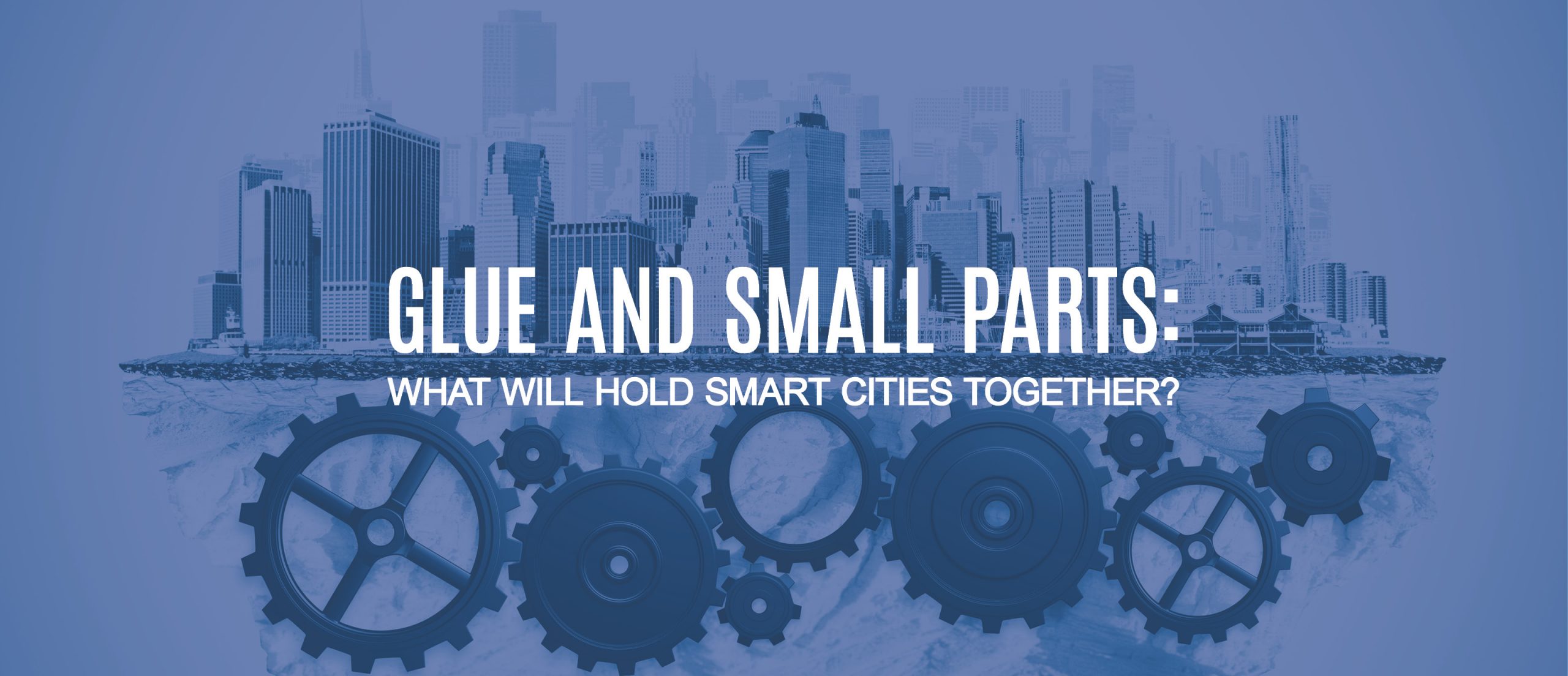
When was the last time you were faced with a long and nuanced undertaking, something that required a daunting amount of planning, plus concerted action, a lengthy approval process, endless trials and errors, re-tries and new errors, pushback from all angles, and not enough ibuprofen?
Perhaps, well before the headache even began, you deferred and procrastinated, making yourself busy to postpone taking those heavy first steps.
It’s a narrative known all too well by professionals in almost all lines of work, but few are as deeply committed to such headaches as urban mobility planners. Theirs is no simple task. If you’re not an urban mobility planner, count yourself lucky.
If you are… well, hang in there.
On their hands presently, planners are trying to figure out exactly what to do with dockless vehicles (e-scooters particularly). As we explored in the past, they’re one of the most disruptive forces, not just in urban mobility but in urban society.
Cities, for their part, generally have a love-hate relationship with dockless vehicles; they love how immensely popular they are as an alternative means of transportation, and that they’re privately funded; but they’re not exactly trouble-free, causing a stir in many opinion pots, from regulatory to safety to environmental to aesthetic.
But as the micromobility footprint continues to grow, mobility planners have to create room to accommodate them.
One of the (very challenging) ways they’re doing this is by expanding designated lanes, i.e. bike lanes, for scooters, bicycles, and other personal mobility. To be sure, this is a necessary step toward a balanced mobility ecosystem. But it begs an important congestion question: How do we increase bike lanes without increasing time behind the wheel of cars?
Given the rapid population growth in urban areas (about 200,000 per day, globally, and around 100 per day in major US cities, such as Seattle), and the fact that the popularity of cars—distinguished from car ownership—isn’t exactly decreasing… we’re setting ourselves up for a tremendous bottleneck effect.
Unsurprisingly, avoiding heightened congestion isn’t a single-action solution.
In order to ensure we don’t choke our streets with traffic, literally as well as figuratively, the street space repurposed for bikes and scooters should instead pave over street parking stalls, not traffic lanes.
We’ve understood for decades that free or underpriced street parking hurts municipalities (and by trickle down, consumers) more than it helps. Moreso, tough of a pill as it is to swallow, we’re beginning to come around to the fact that street parking in general is a hindrance in urban cores.
By transforming street parking into mobility lanes, we can provide safe movement for personal vehicles without constricting cars to fewer lanes.
Of course, just like we can’t remove traffic lanes, we can’t exactly remove parking. Not yet, anyway. Parking will remain a reality for the next twenty or thirty years. It just shouldn’t remain on the street.
By redirecting cars to off-street parking, of which there’s more than enough in the form of garages and surface lots, cities can help drivers locate available parking quickly—thus chipping away at the 30% of urban congestion caused by circling for spots—and expand the curb in ways that dramatically elevate quality of life for residents and visitors.
Chicago wants more urban greenery? Now it’ll have room for foliage and grass space to buffer street traffic and be enjoyed by pedestrians throughout summer and fall.
Fort Lauderdale wondering where to fit a public art installation? Larger sidewalks will let walkers admire and interact with sculptures on their way to the office or their favorite gastropub.
New York looking to make life safer and easier for cyclists like Casey Neistat? Well… this hilarious and point-proving video is all you really need to see to get my point.
If you took three minutes to watch that video, you noticed double-parked delivery trucks often block not just bike lanes but traffic lanes, too. Combined, UPS and FedEx rack up around $47 million in parking tickets; about $10 million of it gets absorbed by government programs. So, there’s a significant financial benefit to everyone in expanding curb space to include delivery too. Especially in the next ten years, when our cities will be faced with same-day-delivery nearly nonstop on every street.
Final Thoughts
No, I definitely don’t envy the long and nuanced undertakings that our urban mobility planners are up against. And I respect them all the more for it.
From the outside, it’s easy to forget that the road to Tomorrowland first takes us through tomorrow. And the world of tomorrow is a very messy place, one that—as we’re already beginning to experience—is marked by significant change in the landscape and functionality of our cities, and no shortage of challenges.
But, it’s important not to overlook the solutions available to us presently, solutions like intelligent curb management that will make the messy transition to Tomorrowland a lot more manageable than it may appear today.
